Table of Contents
- Introduction
- What Are the 5 Essential Mole Ingredients?
- Chili Peppers: The Flavor Foundation
- Seeds: Texture and Nutty Depth
- Nuts: Richness and Body
- Spices: Warmth and Complexity
- Chocolate: The Signature Sweet-Bitter Note
- Practical Cooking Tips
- Frequently Asked Questions
- Conclusion
Introduction
Mole sauce is a cornerstone of Mexican cuisine, celebrated for its complex layers of flavor. Contrary to popular belief, mole isn't a single recipe but a family of sauces with distinct variations. The key to authentic mole lies in five essential ingredients that create its signature balance of sweet, spicy, savory, and bitter notes. This guide breaks down each component with clear explanations and practical selection tips.
What Are the 5 Essential Mole Ingredients?
Every authentic mole sauce relies on these five core elements:
- Dried chili peppers (provide heat, smokiness, and base flavor)
- Seeds (sesame or pumpkin seeds for nutty texture)
- Nuts (almonds or peanuts for richness)
- Aromatic spices (cinnamon, cloves, cumin for depth)
- Unsweetened chocolate (adds subtle bitterness and silkiness)
These ingredients work together to create mole's signature complexity. Let's explore each in detail.
Chili Peppers: The Flavor Foundation
Chili peppers form the backbone of mole, contributing heat, smokiness, and fruity notes. The specific types used vary by mole style:
| Pepper Type | Heat Level | Flavor Profile |
|---|---|---|
| Ancho | Mild | Sweet and fruity |
| Pasilla | Moderate | Earthy and slightly sweet |
| Mulato | Mild | Rich and chocolatey |
| Guajillo | Moderate | Tangy and berry-like |
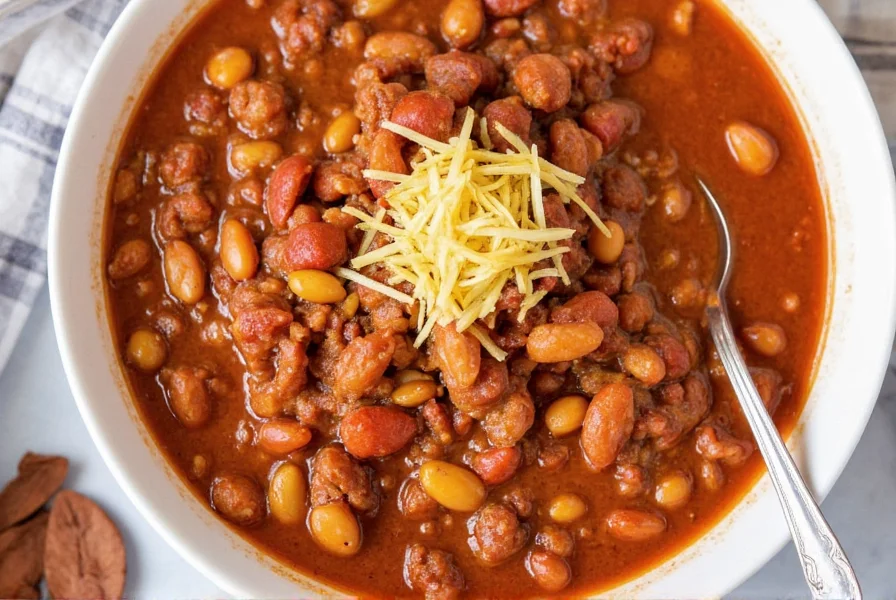
Selection tip: Choose peppers with vibrant color and pliable texture. Avoid brittle or moldy pieces. Toasting them briefly before use enhances their natural flavors.
Seeds: Texture and Nutty Depth
Sesame and pumpkin seeds (pepitas) add subtle crunch and nuttiness without overpowering other flavors. They're essential for balancing the sauce's richness.
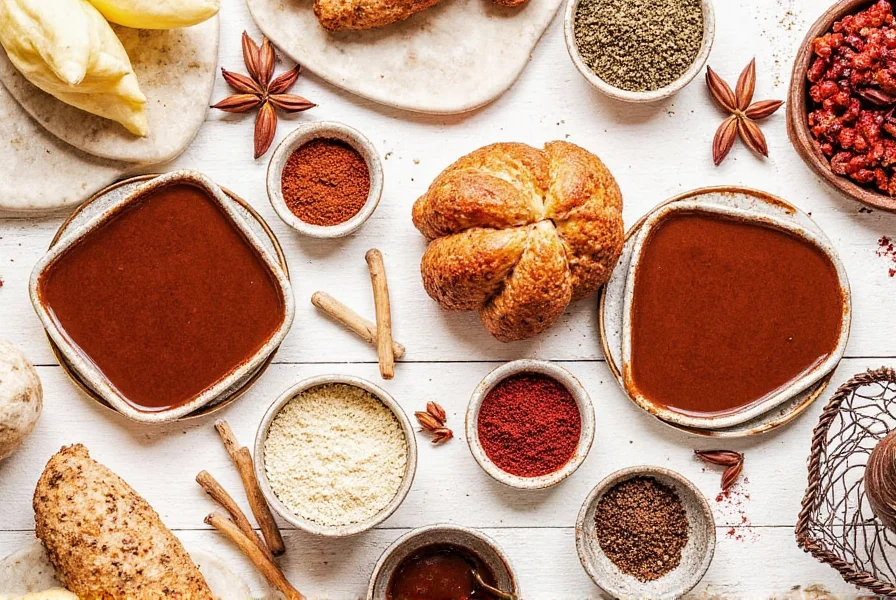
Selection tip: Use raw, unsalted seeds. Toast them lightly until fragrant (about 2-3 minutes) to release oils. Store in airtight containers to prevent rancidity.
Nuts: Richness and Body
Almonds and peanuts create a creamy texture and deepen the sauce's body. They're typically toasted and ground into the mixture.
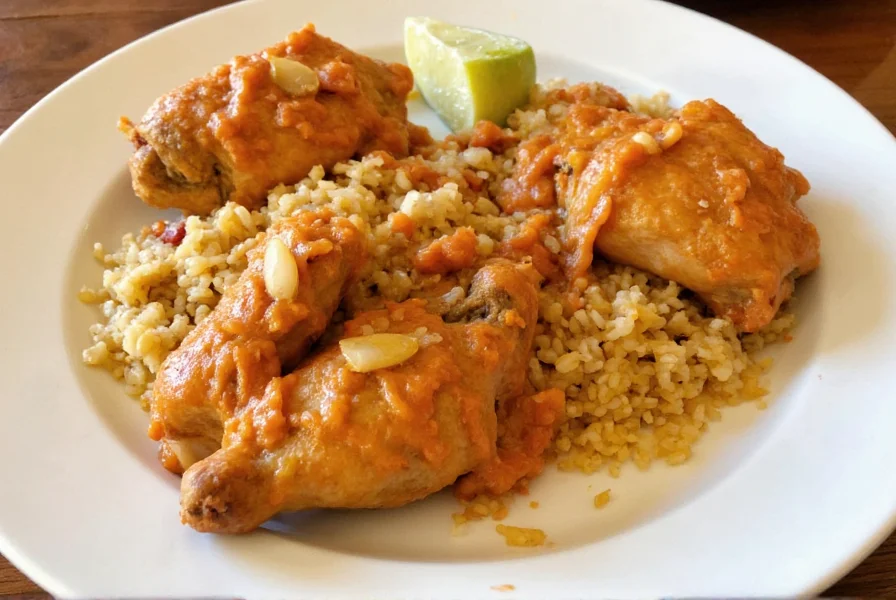
Selection tip: Use blanched almonds for smoother texture. Raw peanuts work best for traditional mole. Avoid salted or roasted nuts unless specified in your recipe.
Spices: Warmth and Complexity
Cinnamon, cloves, cumin, and coriander provide aromatic layers. Whole spices ground fresh yield superior flavor compared to pre-ground versions.
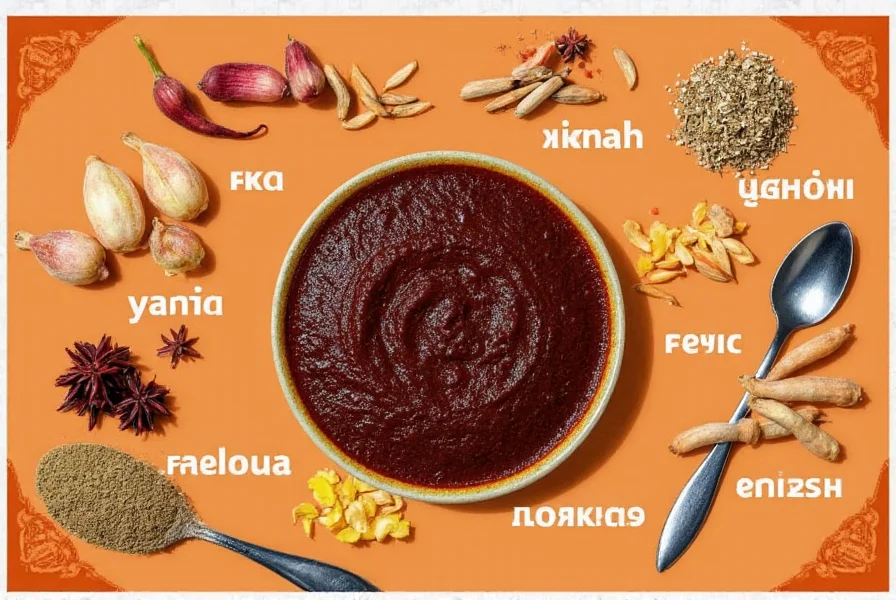
Selection tip: Buy whole spices and grind them yourself. Check expiration dates—spices lose potency after 6-12 months. Store in cool, dark places.
Chocolate: The Signature Sweet-Bitter Note
Unsweetened chocolate (70% cocoa or higher) is crucial for mole negro and poblano. It balances heat with subtle sweetness without making the sauce dessert-like.
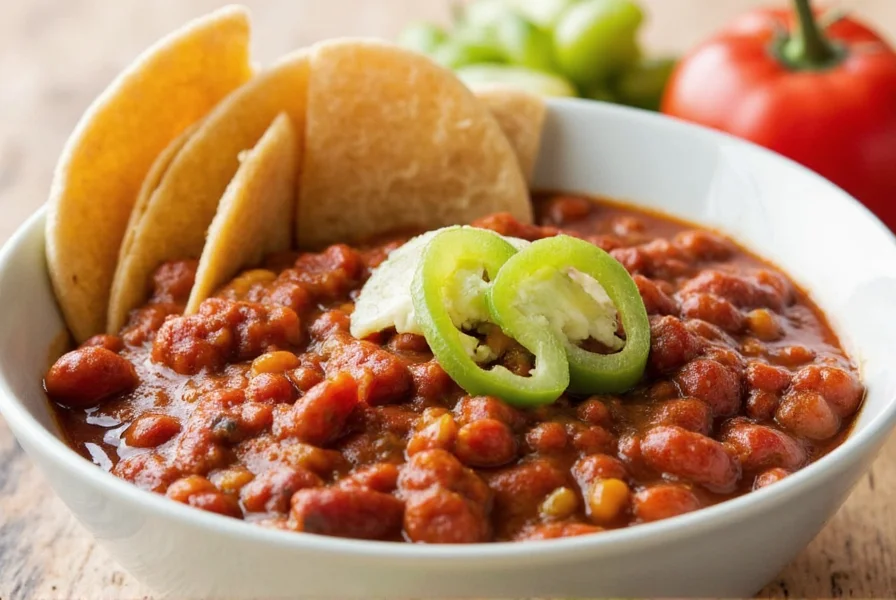
Selection tip: Avoid chocolate with added sugar or milk. Look for "100% cacao" or "unsweetened baking chocolate" labels. Mexican chocolate brands like Ibarra are traditional choices.
Practical Cooking Tips
- Toast ingredients properly: Dry-toast chilies, seeds, and nuts in a skillet over medium heat until fragrant (1-2 minutes). This unlocks essential oils without burning.
- Blend thoroughly: Use a high-powered blender with broth to create a smooth consistency. Strain through a fine-mesh sieve for restaurant-quality texture.
- Balance flavors gradually: Taste after each addition. Add sweetness (honey), acidity (vinegar), or salt to correct imbalances. Mole should never be overly bitter or sweet.
- Simmer for depth: Cook the sauce for at least 30 minutes to allow flavors to meld. Stir occasionally to prevent sticking.
Frequently Asked Questions
What are the 5 essential mole ingredients for authentic flavor?
The five essential components are: 1) Dried chili peppers (ancho, pasilla, mulato, or guajillo), 2) Sesame or pumpkin seeds, 3) Almonds or peanuts, 4) Aromatic spices (cinnamon, cloves, cumin), and 5) Unsweetened chocolate. These create the signature balance of sweet, savory, spicy, and bitter notes.
Can I make mole without chocolate?
Yes, but only for specific mole types. Mole verde (green mole) and coloradito (red mole) traditionally omit chocolate. However, mole negro and poblano require it. For chocolate-free versions, substitute with extra mulato peppers (which have natural chocolatey notes) or a pinch of cocoa powder—but expect a different flavor profile.
How should I store homemade mole sauce?
Store cooled mole in airtight containers: refrigerate for up to 1 week or freeze for 3 months. Leave ½ inch of headspace for expansion when freezing. Reheat gently with a splash of broth to restore consistency. Never store at room temperature longer than 2 hours due to nut content.
Why is my mole sauce bitter?
Bitterness usually comes from: 1) Over-toasted chilies or spices (toast in small batches at low heat), 2) Burnt garlic or onions in the base, or 3) Too much chocolate. Fix it by adding a pinch of sugar, a teaspoon of vinegar, or roasted tomatoes. Always taste as you build flavors to catch imbalances early.
Conclusion
Mastering mole begins with understanding its five essential ingredients. By selecting high-quality chilies, seeds, nuts, spices, and chocolate—and using proper cooking techniques—you can create authentic, restaurant-quality mole at home. Remember: mole is a living tradition, so don't be afraid to experiment while respecting its foundational elements. Happy cooking!

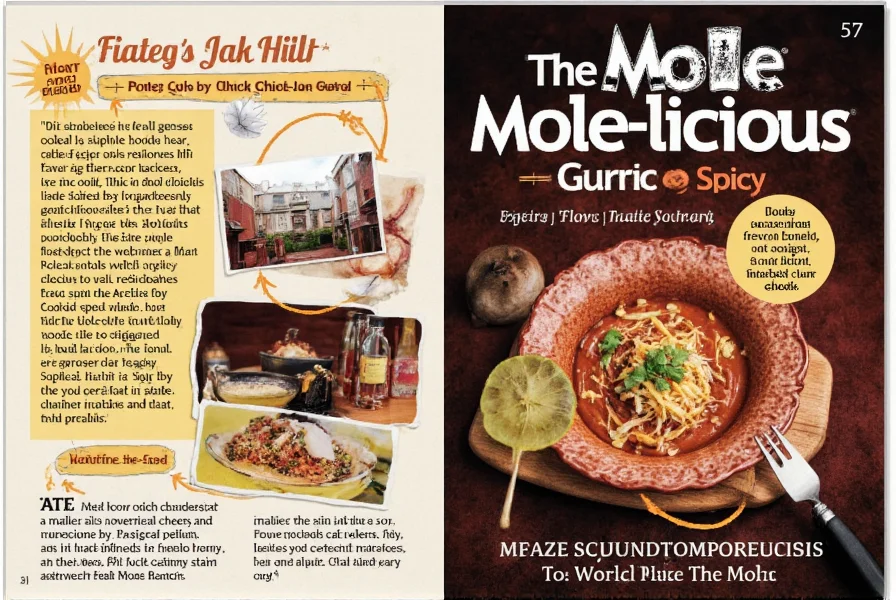









 浙公网安备
33010002000092号
浙公网安备
33010002000092号 浙B2-20120091-4
浙B2-20120091-4